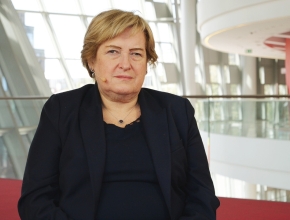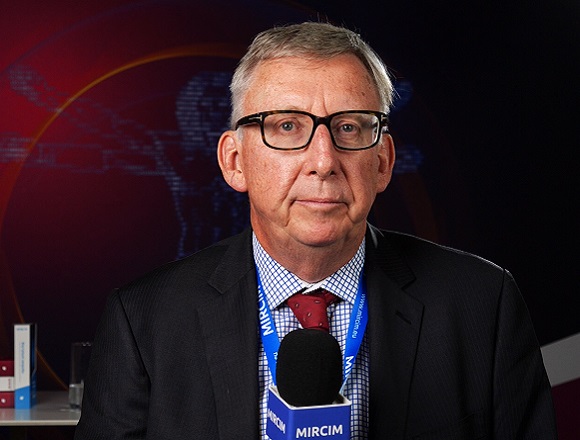Dr Jadwiga Wedzicha is a professor of respiratory medicine at the National Heart and Lung Institute, Imperial College London, United Kingdom, and editor in chief of the American Journal of Respiratory and Critical Care Medicine.
If you were to name the 3 most important recent advances relevant for everyday practice in obstructive pulmonary diseases, what would they be?
Jadwiga Wedzicha, MD, PhD: I've been asked to reflect on what I think may be the 3 most important recent advances relevant to your everyday practice in chronic obstructive pulmonary disease (COPD). And what should they be? Well, I think I have to say that the development of dual bronchodilators is very important. Dual bronchodilators reduce shortness of breath, they improve exercise tolerance, reduce exacerbations. They're the cornerstone of therapy and, treating patients early, we can preserve their lung function, preserve their exercise capacity, and ultimately improve their prognosis with COPD. And then inhaled steroids are added on top of dual bronchodilators in triple therapy. Although we've always had bronchodilators, we've tended to use them on their own, but now they’re used in the LABA/LAMA combination and then [we are] moving on to triple [therapy] if required because the patient meets more exacerbations.
My next important advance, a must-be: the use of noninvasive ventilation in patients with very severe COPD. We've been using it acutely for hypercapnic respiratory failure for many years, but now there's at last data from a very good randomized controlled trial [showing] that long-term noninvasive ventilation in hypercapnic COPD reduces hospital admission and reduces mortality. I did one of the very first studies, almost 20 years ago, on this topic and we could see a benefit. It's taken a long time to get results of large randomized controlled trials. And this is important in that in order to get benefit from noninvasive ventilation, patients must be adequately ventilated. So, you need to monitor the patient, make sure that you're reducing the carbon dioxide, particularly overnight, and then you will see benefits over a period of time.
My third advance, I think, is the understanding that COPD starts very early in life and you'll say: “Well, we knew that all along.” We did and we didn't. But [in] most of our studies and patients we see, [patients] with COPD [are] over 50, 55, over 60 [years old]. We now know that in midlife, patients who have chronic bronchitis—these are the patients who are more likely to develop COPD [in the] long term. So, if you see a patient with winter bronchitis between the ages of 30 and 45 [years], if they are a smoker, that patient is at very high risk of developing COPD 10 to 20 years later and these are the patients who we need to get to stop smoking, get them to be fit. And if they are already breathless, then we can use bronchodilators.
Those are my 3 advances to help you in your daily practice. Thank you.
 English
English
 Español
Español
 українська
українська











